Finland - Sailing under the midnight sun
Destination - Baltic SeaOf course, sailing in winter in Finland is not possible. The country straddles the Arctic Circle... But during the summer season, tens of thousands of islands - most of them deserted - are there to be discovered in the Baltic Sea - more precisely in the Gulf of Finland in the south, and the Gulf of Bothnia to the west and southwest.
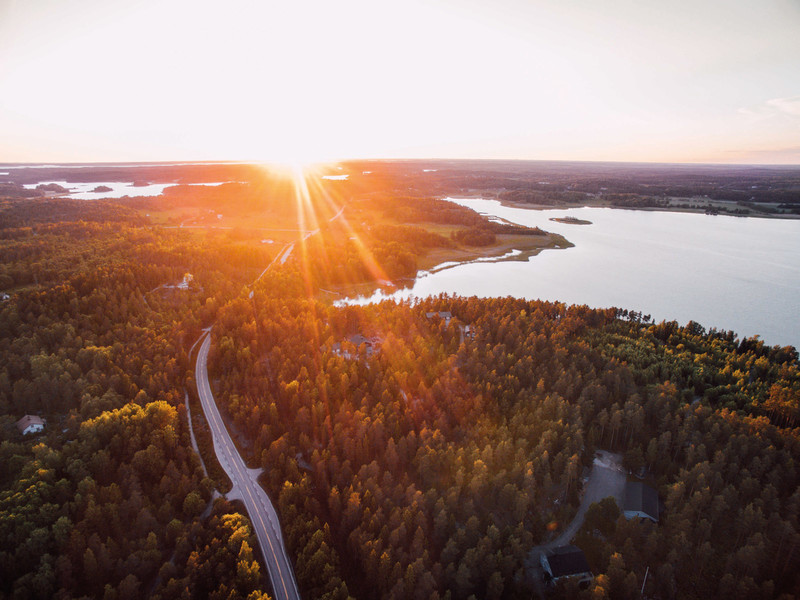
In June, this country of 180,000 islands and almost as many lakes never sees the sun set (at least in its northern half) and offers a truly extraordinary natural spectacle.
Logbook
Finland conjures up images of the Northern Lights and frozen lakes - perfect skating grounds. But if you want to sail in this beautiful country of 187,888 lakes and 179,584 islands, you’ll have to wait until summer - at least until the ice has retreated and the temperatures have returned to normal. Finland, with its 130,500 square miles (338,000 km²) and nearly 5.5 million inhabitants, is the seventh largest country in Europe, but also the one with the lowest population density. Three quarters of the country is covered by forest and 10% by water. The Finnish coastline is home to countless islands - more than 40,000 - which are grouped into several archipelagos all over the country, guaranteeing a lot of sailing on flat seas. There are 789 islands of more than 1 km² (0.4 sq mi) and among them, 455 islands are permanently inhabited. For example, the Åland archipelago in the southwest of the country consists of about 6,500 islands, but only about 60 are inhabited. It is easy to explore the islands by boat, but you can also leave your multihull for excursions on foot or by bicycle. In Åland, there are 155 mi (250 km) of trails, 137 mi (220 km) of which are on roads. Getting from one island to another is easy thanks to the many bridges and ferries - almost all of which are free of charge. From the south coast, it is also possible to reach the lake region - many inland lakes are connected, but beware of the maximum width and air draft. Old towns with wooden houses, lighthouses, historic manor houses, stone churches, steel mills and large national parks are all attractions for sailors. And there are other surprises too: there are about 3 million saunas here - one per household - and Finland has been recognized by the UN as the happiest country in the world for the fourth year in a row!
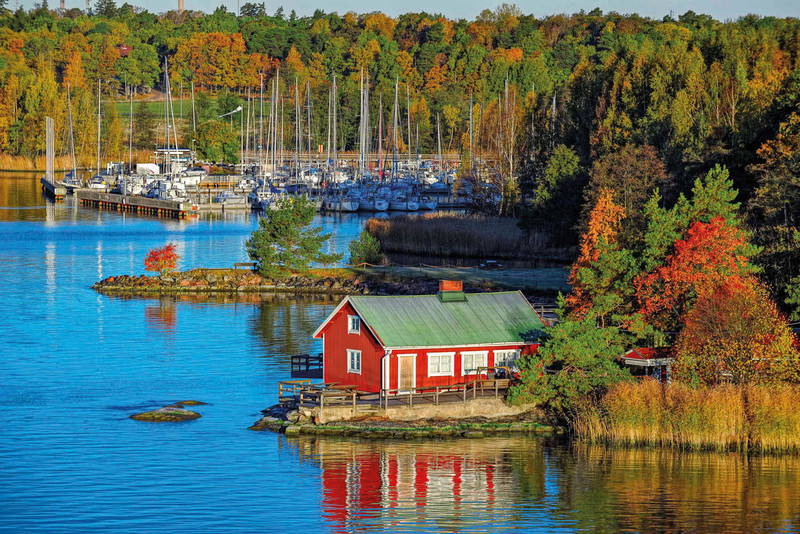
Most of the 240 marinas offer high quality services. Sometimes, a folding trimaran will be more easily accepted than a catamaran that is over 23 feet / 7 meters wide.
Sailing
The Finnish Baltic coast is an ideal cruising destination for those seeking a different sailing experience. The coastline stretches from the eastern Gulf of Finland (Russia) through the western edge of the Åland Islands in the southwest to the northern Gulf of Bothnia (Sweden). The shortest route along the entire coast is only 660 nautical miles. However, if you are coastal sailing, the coastline is more than 10,000 miles long! This means that it is a non-stop sailing heaven. You’ll have to test your sailing skills: near the islands, you’ll be trimming your sails on a regular basis, as the wind direction - and your course - are likely to change. 240 marinas and harbors are available along the route. The facilities are very modern and have been built to satisfy the most demanding of clients. The level of service is high - free water/ electricity, clean sanitary facilities and, of course, a sauna. In summer, the wind usually blows at around 10/12 knots on calm seas between the islands. However, especially if you go offshore, conditions can be extremely variable, notably in the north, where high- and low-pressure systems can alternate rapidly.
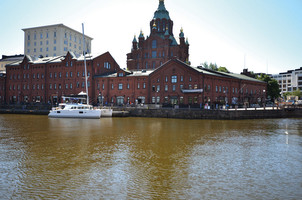 |
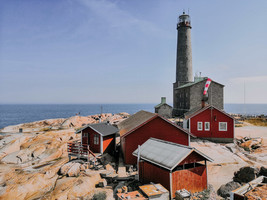 |
A catamaran making a stopover in the heart of the capital, Helsinki.
Finnish lighthouses are remarkable constructions, and they not only guide our multihulls at night: some of them also double up as guesthouses.
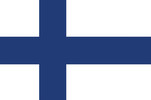
PRACTICAL INFORMATION
The country sits between 59°48.50’N and 70°05.5’N. Finland practically straddles the Arctic Circle (66°33.8’N).
Population: 5,400,500
Area: 130,551 square miles (338,127 km²)
Languages: Finnish and Swedish. English is understood and spoken by most Finns.
Time zone: UTC/GMT + 2 hours in winter; + 3 hours in summer
Currency: Euro since 2002. Credit cards from all organizations (MasterCard, Visa, Visa Electron, Maestro, Cirrus, American Express) are accepted in most hotels, restaurants, stores and shopping centers. You will have no problem withdrawing money from ATMs.
Getting there: Vantaa Airport in Helsinki is used by most international airlines. The country is also very accessible by ferries, which are everywhere in the Baltic Sea. The crossings from Estonia, Latvia and Sweden, take just a few hours. These countries are easily accessible from the north of Europe.
Formalities: A valid passport or identity card is required to enter the country for citizens of one of the member countries of the European Economic Area, without the need to complete any other particular formalities. For other nationalities, a visa is required, or a valid residence permit.
Covid-19: As of July 26, 2021, Finland welcomes all fully vaccinated travelers with a certificate that is less than 6 months old, or a Covid-19 test. There are no special requirements for travelers from low-risk countries.
Charter: Large institutional charter companies are sometimes present in Scandinavia, but with monohulls... On the other hand, platforms like Filovent and Skipperi offer multihulls. Most of the boats that are available for charter are concentrated in the Åland Islands.
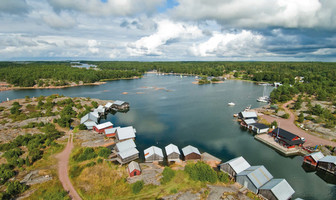 |
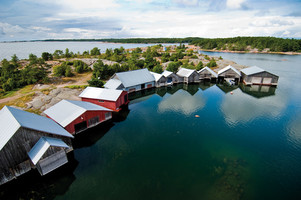 |
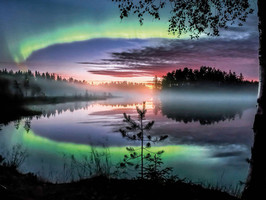 |
Sailing here, which can sometimes be quite technical, is like a journey through a labyrinth - with beautiful landscapes everywhere.
In winter it’s time for the Northern Lights, snow and ice!
WEATHER
Given the latitude, the climate is particularly cold in winter, especially in the north of the country. The lakes are frozen from December to April/May. The sea freezes from the end of December - a little earlier in the north, later in the south towards Helsinki. The thaw begins in April, but the sailing season usually does not start until early May. In the south, the shortest days are less than 6 hours long (around December 21st), and almost 19 hours on June 21st. In the far north, the sun disappears in winter for 70 days - but does not set in summer for the same length of time! Between the beginning of June and the beginning of August, the temperature exceeds 68°F (20°C) during the day (sometimes even 86°F (30°C) in the south). However, even sunny evenings can be cool. From August 15, many cruising sailboats stay in port. But beware, in these latitudes, the weather can change radically from one day to the next. You can be confronted with hail and frost in June, and 50°F (10°C) in summer is not unusual here...
Destinations offered by
View all the destinations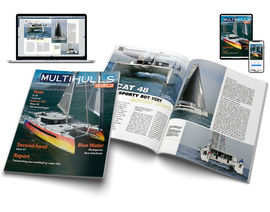
 Discover the 2025 winners!
Discover the 2025 winners! 
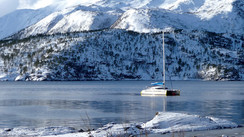
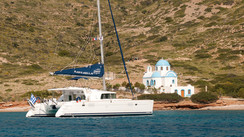
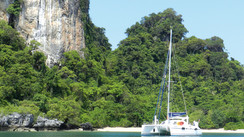
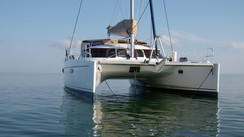
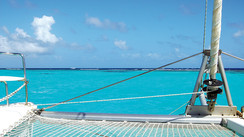
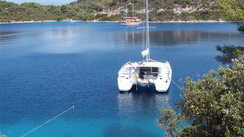





What readers think
Post a comment
No comments to show.